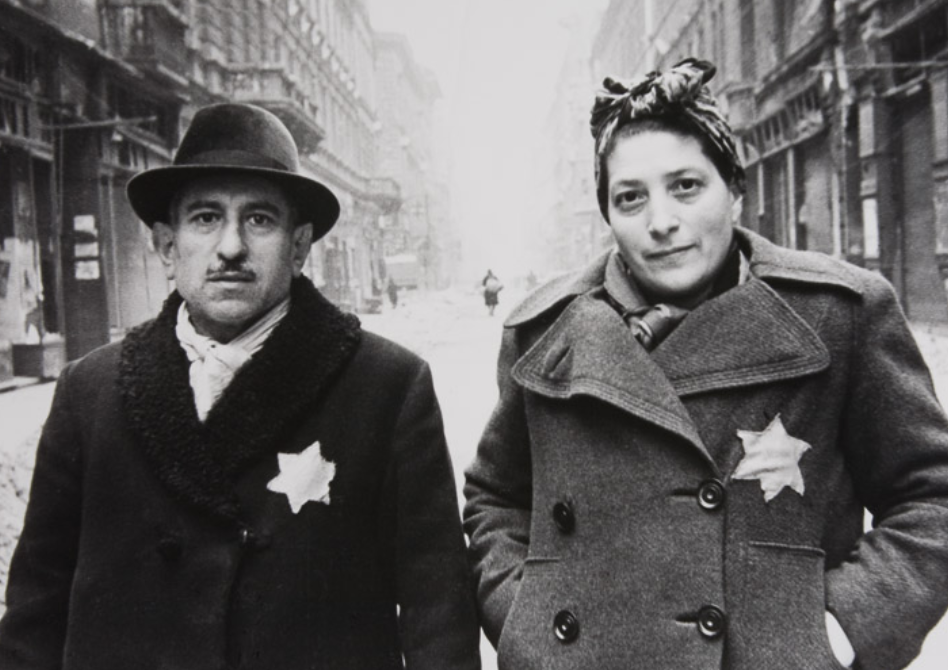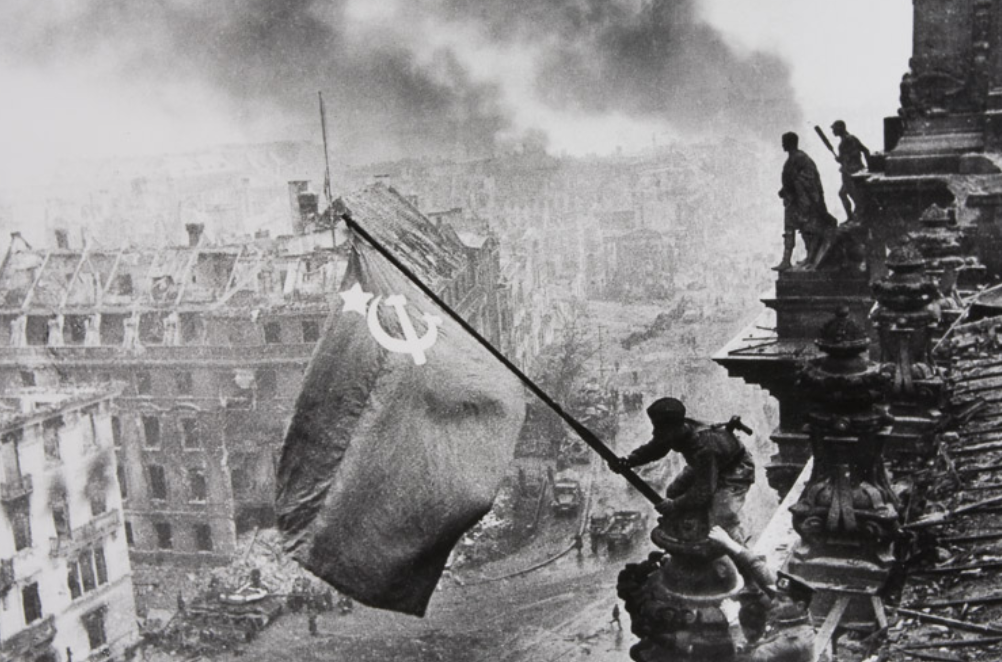Through Soviet Jewish Eyes:
Photography, War, and the Holocaust
Dr. David Shneer, a Professor of History and Jewish Studies at the University of Colorado Boulder, composed a novel about photojournalism to view the relationship between Jews and the Soviet Union through the lens of repression and silence. Shneer explores the archive of numerous photographers, ranging from Evgenii Khaldei (1917-1997) to Dmitrii Baltermants (1912-1990), to analyze how these wartime witnesses were the first liberators to show Nazi atrocities from a perspective no one else could see. These acts of liberation occurred as early as 1942, not as late as 1945 which has been assumed by many scholars, altering the course of this history. Additionally, Shneer underscored the different visual icons, such as gates, gas chambers, empty, ravines, and people themselves, that have been used or exploited in images across diverse platforms. In the end, both the weight of World War II and the Holocaust have been imbedded in Soviet Jewish identity, changing how we can think about the Holocaust more generally outside of Germany’s borders. Shneer did an excellent job highlighting how Jews strove towards universalism in the Soviet Union and worldwide to ensure the Jewish story was told while resisting the Nazi dehumanization of their identities.

This lecture brought to mind Susan Sontag’s novel Regarding the Pain of Others, where she reckons with humanity’s response to war and photography. While photography is not vital to war’s occurrence, it is an integral part of the history of war. The image that struck me the most was Khaldei’s “Scorched Earth” (Murmansk, June 1942), where a distressed woman was walking into a decimated residential area. Smokestacks were the only parts of the home that had remain intact. These pieces were not only once part of the home but also were at the heart of what family and warmth stood for. However, they now have become living witnesses to the destruction and chaos surrounding the Jewish community. Images help fill in the gaps of history, the parts we cannot see in the written word. They emulate parts of the human experience we will never experience but can empathize with. History without photography would be less complete and whole. In order to uncover the larger story of Nazi atrocities against the USSR taking place in people’s backyards, the people who live through these experiences must be heard and seen. The events shown happened so close to the people affected and it is through photography that we can get a glimpse into the true horror of World War II’s history. The purpose of photos will change over time, from news to memorial, but will forever add to the historical archive.

